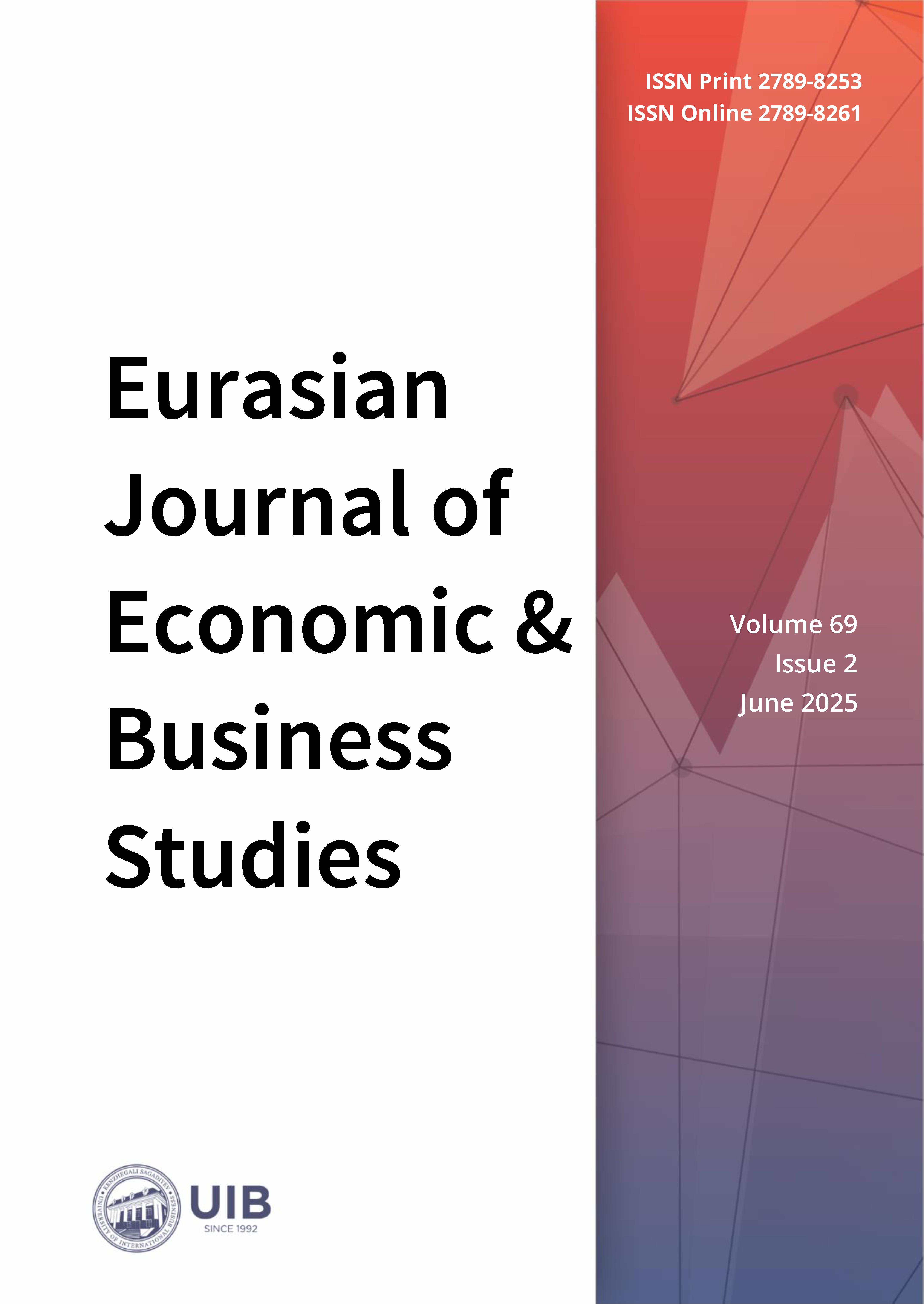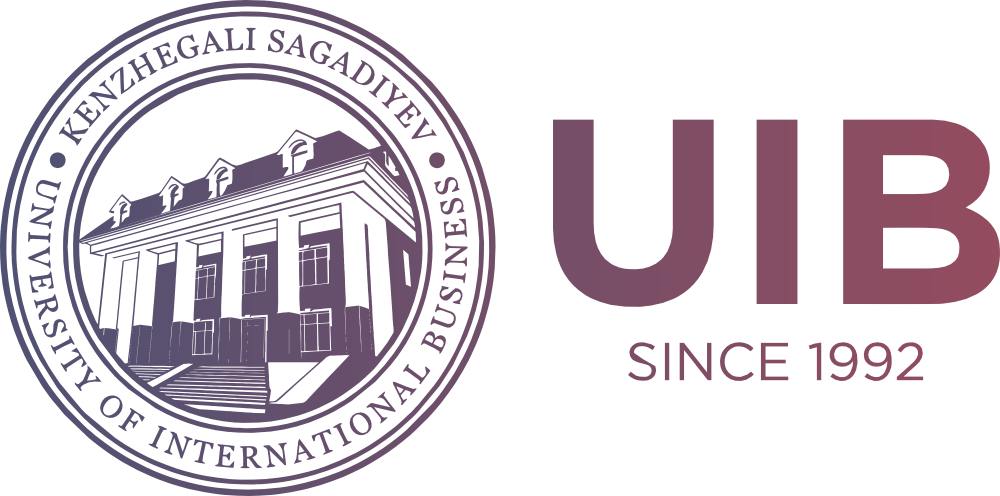Economics of Water Supply and Household Behavior: the Transition from Self-Supply to Centralized Systems
DOI:
https://doi.org/10.47703/ejebs.v69i2.503Keywords:
Water Supply Systems, Water Quality, Water Management, Consumer Behavior, Economic Efficiency, Economic DevelopmentAbstract
Access to clean and safe water remains a critical determinant of public health, quality of life, and socio-economic resilience, particularly in emerging economies with unequal infrastructure development. This study aims to identify the key factors that determine consumer behaviour in the water supply sector, taking into account water quality and the level of infrastructure coverage from 2013 to 2023. The research integrates behavioral, infrastructural, and environmental dimensions to understand how access to water infrastructure and source quality influence consumption patterns. Using a mixed-method design, the study combines streamgraph visualization, correlation matrix analysis, and multiple linear regression modeling based on five indicators: quality of centralized water (DW_C), groundwater (DW_G), population connected to centralized systems (AC_P), per capita consumption (WC_PC), and the self-supply population (SA_NP). The results reveal a strong positive correlation between access to centralized systems and per capita water consumption (r = 0.901, p < 0.001). At the same time, higher groundwater contamination is associated with greater reliance on self-supply (r = –0.824, p = 0.002). The regression model confirms the significant influence of centralized water quality (β = –0.2679, p = 0.023) and consumption behavior (β = –0.1506, p = 0.087) on reducing the prevalence of self-supply. Visual analysis via Arc Diagrams reveals structural links between infrastructural expansion and behavioral change, suggesting that improved access and sanitary standards influence household preferences. The results highlighted the importance of targeted investments and effective governance mechanisms in reducing dependence on unsafe self-supply, particularly in Kazakhstan's regional disparities, especially in rural areas.
Downloads
How to Cite
Downloads
Published
Issue
Section
License

This work is licensed under a Creative Commons Attribution 4.0 International License.
Authors retain copyright and grant the journal right of first publication with the work simultaneously licensed under a Creative Commons Attribution (CC-BY) 4.0 License that allows others to share the work with an acknowledgment of the work’s authorship and initial publication in this journal.



